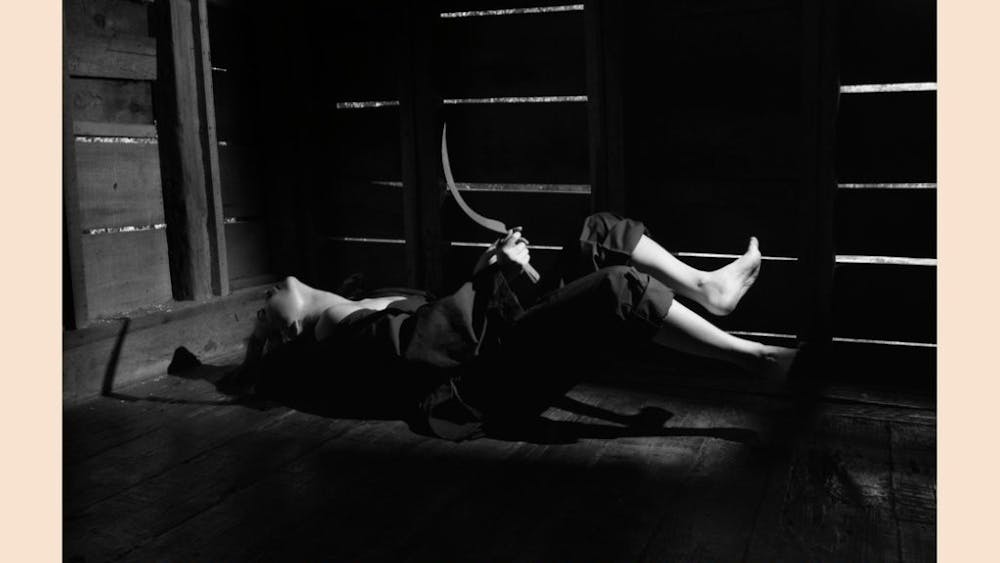If you look to the left, you will see, for only the third time this summer, a dissent printed in response to the staff editorial. This kind of open discussion on important topics is an important aspect of the newspaper's responsibilities to you, the reader. But, this discussion is often stifled by a decision making process that causes the newspaper to have far too few dissenting views on its pages.\nOn May 23, the vote was 7-2 in favor of an editorial favoring faculty salary increases. There was a dissent written, but a conflict of interest arised involving the person writing the dissent. This caused the dissent to be left out of the paper. But, you, the readers, were still deprived of a complete discussion of the topic. \nThe editor-in-chief asks, but does not push his writers to write dissents because he does not want someone to write a dissent who "does not feel strongly" about the subject. A vote does not have credibility unless there is a dissenting opinion associated with it. Would you make your decision on who to vote for based solely on the words of one candidate? Likewise, the newspaper should promote discussion of its viewpoint. \nOne of the issues with getting people to write the dissent is that the majority gets to remain anonymous under the umbrella of "staff," yet dissenters have to put their name on the byline, exposing themselves to personal attacks, and in extreme cases, death threats (it can and does happen). To overcome this bias, there should either be complete disclosure of how all the staffers vote or have total anonymity for both sides of the issue. \nThe larger issue with the staff editorial is the subject matter. Looking over the editorials this summer, there have only been three articles since April 26 that were not unanimous or unanimous except for those who abstain, yet there were 10 staff editorials that every member of the editorial board agreed upon. Either the staff is not diversified enough, or the topics chosen are too tame. \nThe topics chosen for the staff editorial are culled from a list of topics presented by the opinion editor that have been pulled together along with ideas from other staffers at the editorial board meeting. The staff then picks its two favorite topics for the editorial and votes on them. This leads many more timid staffers to vote for the less controversial subjects -- they don't want to upset people. There is heated discussion at the ed board meetings, but far too often the result is still a less volatile topic than it could be. Many times, the sole purpose of the article is to state an opinion on a topic that almost no one would debate, such as whether Mike Davis, who I'm sure you remember, took our basketball team to the National Championship game, deserved a raise. \n(Full disclosure: I have not been able to attend an ed board meeting, so this information was provided by the editor-in-chief and opinions editor.) \nThe purpose of the opinion-editorial page is to provoke discussion and argument; that's why we have the Jordan River Forum for the readers to respond. The current system often dilutes the power of this medium.\nTo correct these oversights and make the staff editorial a more effective and credible column, the IDS should change the way they produce the staff editorial. At the weekly editorial board meeting, they should have the staffers debate all the topics first and then pick the topics for that week. The topics should be the ones deemed most important to the readers and the community as well as the ones that sparked the strongest opinions. In this way, the staff editorial will cover the topics of import to the community and be a springboard for meaningful dialogue, rather than serving as a monologue that maintains the status quo.
A need for more debate
Get stories like this in your inbox
Subscribe





